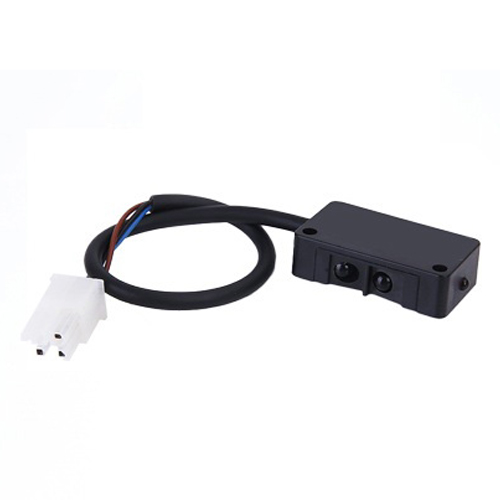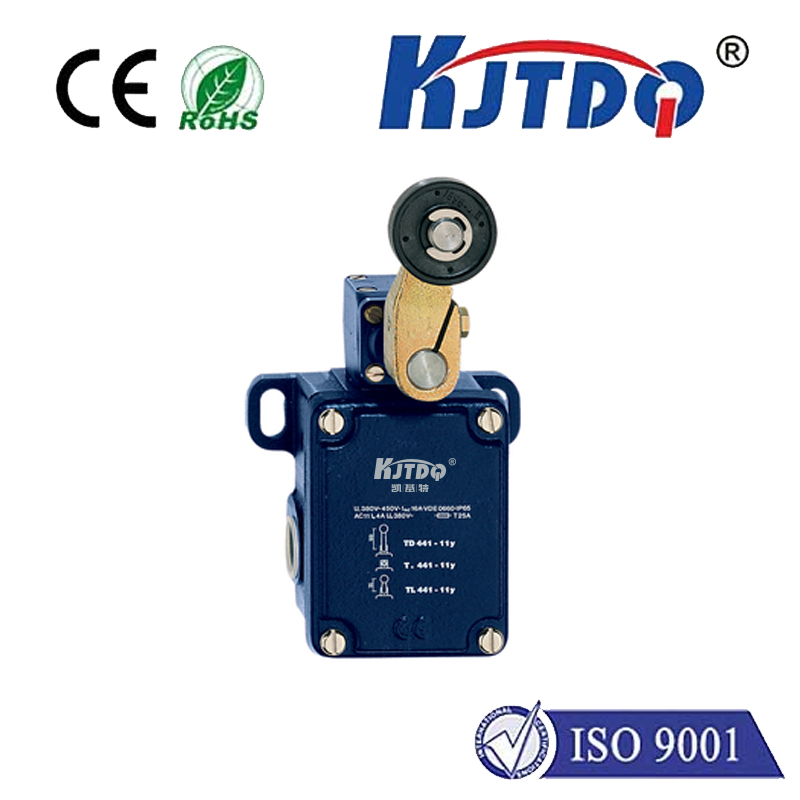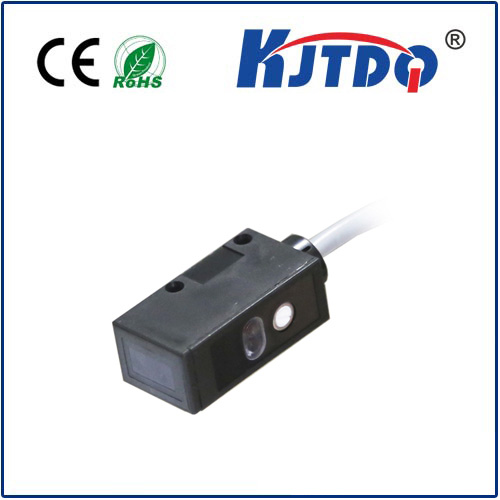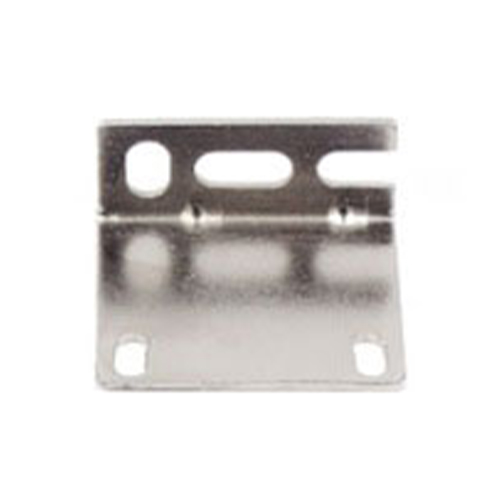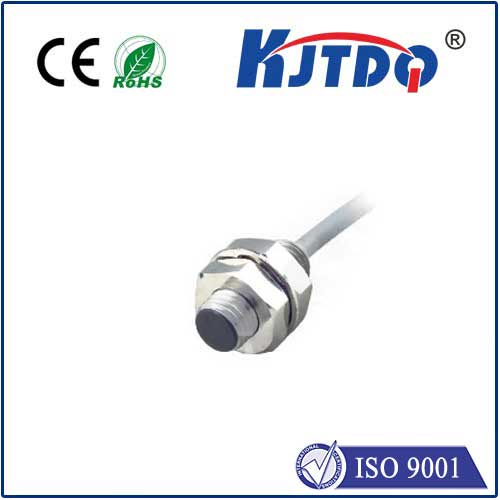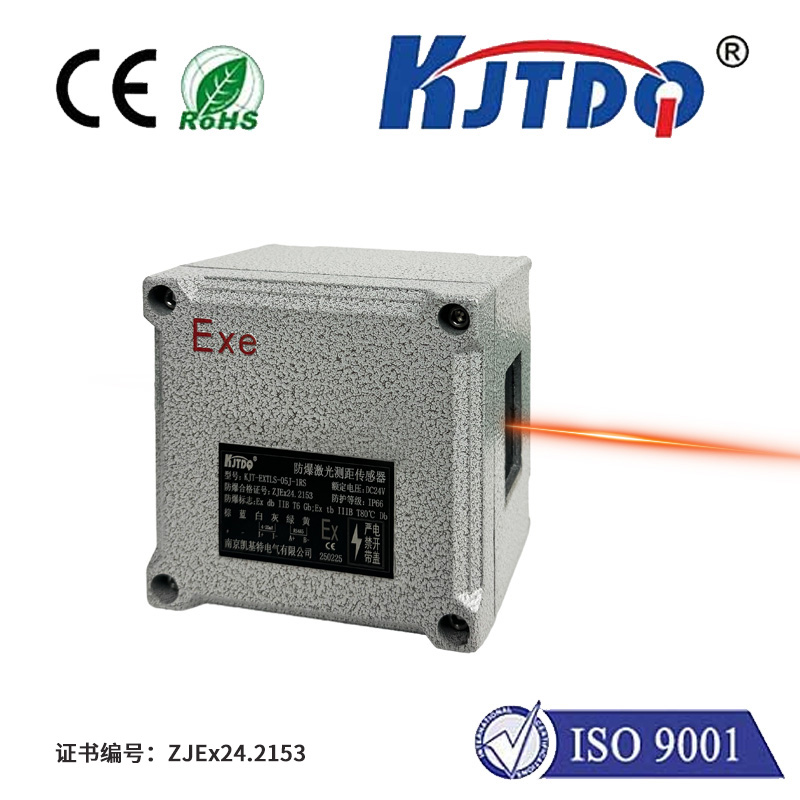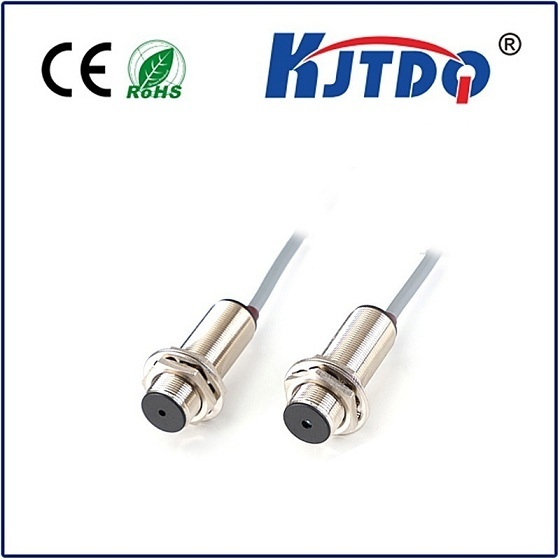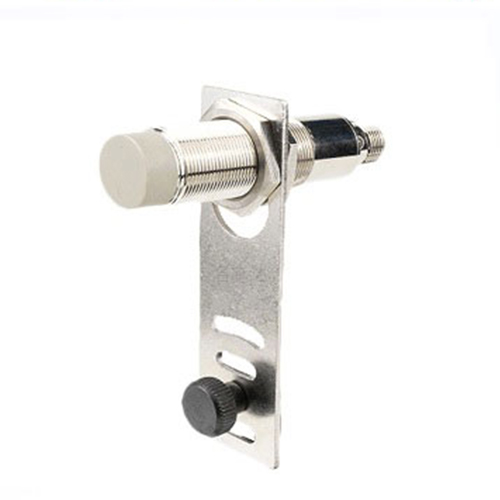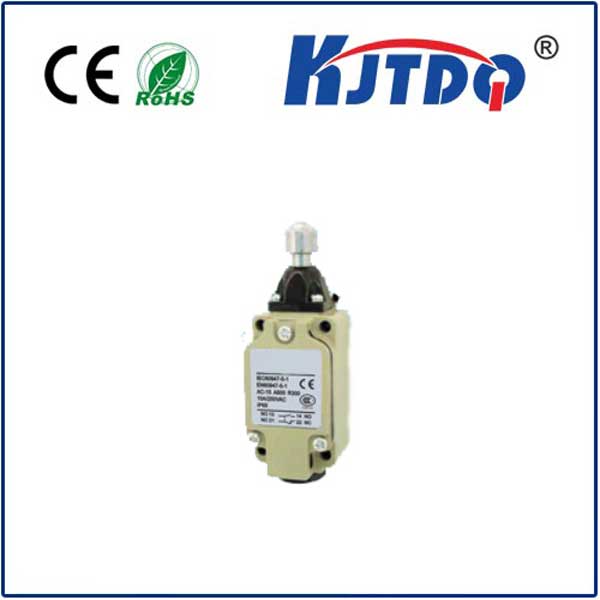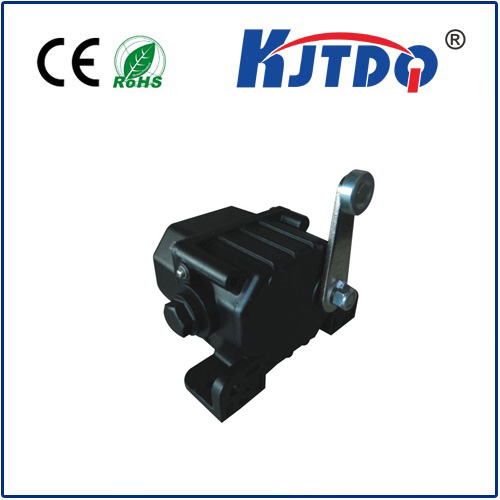BES00AF high pressure proximity sensor
- time:2025-09-29 22:11:35
- Click:0
BES00AF High Pressure Proximity Sensor: Uncompromising Detection in Demanding Environments
Imagine the relentless forces at play within a hydraulic press, the pulsating pressure lines of heavy machinery, or the unforgiving environment inside a pressure vessel. Standard sensors buckle, literally and figuratively. This is the domain where resilience is non-negotiable, and where the BES00AF High Pressure Proximity Sensor steps forward as a critical enabler. It’s not just a sensor; it’s a solution engineered to thrive where others merely survive, delivering reliable object detection under immense environmental stress.
Understanding the Core Need: Pressure as the Adversary
Proximity sensors, fundamentally, detect the presence or absence of a metallic target without physical contact. They achieve this through electromagnetic fields (inductive sensors, like the BES00AF typically is). However, standard inductive sensors are designed for typical industrial pressures. Introduce significant external pressure – think hundreds or even thousands of Bar/PSI – and the sensor housing can deform, internal components can shift or fail, and the critical sensing distance becomes unreliable or ceases altogether. High pressure isn’t just an environmental factor; it’s a destructive force demanding specialized engineering.
The BES00AF sensor series addresses this challenge head-on. It’s specifically built to maintain its detection capabilities and structural integrity within systems experiencing extreme external pressure. This makes it indispensable in numerous heavy-duty and safety-critical applications.

What Sets the BES00AF High Pressure Proximity Sensor Apart?
The effectiveness of the BES00AF under duress comes down to several key design principles:
- Robust, Pressure-Resistant Housing: Constructed typically from high-grade stainless steel (like V4A/AISI 316L), the sensor body is engineered to withstand immense external pressure without deformation. The integrity of the sensing face and the internal cavity is paramount.
- Pressure-Tight Sealing: Utilizing advanced sealing technologies (often involving specialized O-rings and sealing geometries), the BES00AF ensures that high-pressure fluids or gases cannot ingress into the sensor’s internal electronics. This prevents short circuits, corrosion, and failure.
- Optimized Internal Construction: Internal components are carefully arranged and potentially reinforced to prevent movement or damage under pressure fluctuations. The sensing coil and associated electronics are potted or encapsulated to resist shock and pressure-induced stress.
- Reliable Sensing Face: The active sensing face is designed to be robust, often ceramic (PEEK is also common), offering excellent resistance to abrasion and ensuring the electromagnetic field isn’t distorted by the pressure acting on the housing.
- High Ingress Protection (IP Rating): Complementing its pressure resistance, models like the BES00AF typically boast high IP ratings (e.g., IP67, IP68, IP69K), meaning they are also highly resistant to dust and water ingress, even under powerful jets or temporary submersion. This provides comprehensive environmental protection.
- Stable Performance: Crucially, these design features ensure that the sensing distance (Sn) and switching behavior remain stable and repeatable, even under continuous exposure to the high pressures it’s rated for. Reliability is not compromised.
Where Does the BES00AF High Pressure Proximity Sensor Excel? Applications Demanding Resilience
The unique capabilities of the BES00AF sensor series open doors to applications where standard sensors would be catastrophic failures:
- Hydraulic Systems: Monitoring piston position within high-pressure hydraulic cylinders (e.g., in injection molding machines, presses, construction equipment). Detecting end positions reliably prevents over-travel and potential cylinder damage.
- Fluid Power: Position sensing in pumps, valves, and actuators operating under extreme line pressures.
- Pressure Vessels & Pipelines: Monitoring hatches, closures, or valve positions on vessels or pipes containing high-pressure gases or liquids, contributing to safety interlocks.
- Deep-Sea & Subsea Equipment: Applications like ROVs (Remotely Operated Vehicles), underwater drilling equipment, or scientific sensors, where external water pressure is immense.
- Die Casting & Foundry: Detecting metal parts within molds or machinery exposed to high clamping forces and molten metal splashes (requiring both pressure and temperature resistance).
- Heavy Industrial Machinery: Used in presses, forging equipment, rolling mills, and mining machinery where robust components are essential due to harsh operating conditions.
- Test Benches: Providing position feedback within high-pressure test rigs used for validating components like valves, hoses, or pressure vessels.
Critical Considerations for Deployment: Maximizing BES00AF Performance
To leverage the full potential of a BES00AF High Pressure Proximity Sensor, attention to detail during installation and operation is vital:
- Confirm Pressure Rating: Always verify that the specific BES00AF variant you select has a pressure rating (both static and dynamic peak pressure) exceeding the maximum pressure expected in your application. Never operate beyond its rated limits.
- Mounting Integrity: Ensure the sensor is mounted securely and correctly. The mounting method specified in the datasheet must be followed precisely. Improper mounting can create stress points or compromise sealing, leading to premature failure under pressure.
- Target Material & Distance: Inductive sensors detect ferrous metals (steel, iron). Ensure the target material is suitable (check sensor datasheet for specifics) and that it moves within the rated sensing distance (Sn) of the sensor face. Account for any potential target wear.
- Voltage & Output Type: The BES00AF series typically comes in various operating voltages (DC or AC) and output configurations (e.g., NPN, PNP, NO, NC). Select the version compatible with your control system.
- Electrical Connections: Use appropriately rated cables and connectors. Ensure connections are tight, clean, and protected from strain and environmental hazards like oils or chemicals.
- Temperature Range: While focused on pressure, ensure the ambient temperature range of your application falls within the sensor’s specifications.
- Shock and Vibration: Although robust, understand the specific shock and vibration levels in your environment and ensure they align with the sensor’s ratings.
The BES00AF High Pressure Proximity Sensor represents a vital category of industrial automation components. Its specialized design overcomes the formidable challenge of reliable non-contact sensing within pressurized environments. By providing consistent, repeatable detection where conventional sensors falter, it enhances operational safety, prevents costly downtime and equipment damage, and enables automation in the most demanding sectors. When pressure is your constant companion in the application, choosing a sensor engineered to withstand it, like the BES00AF series, is the only path to sustained reliability. A hydraulic press relies on this sensor to detect the precise endpoint of its massive ram, ensuring consistent product quality and preventing catastrophic over-travel – a silent guardian operating under tons of force.






